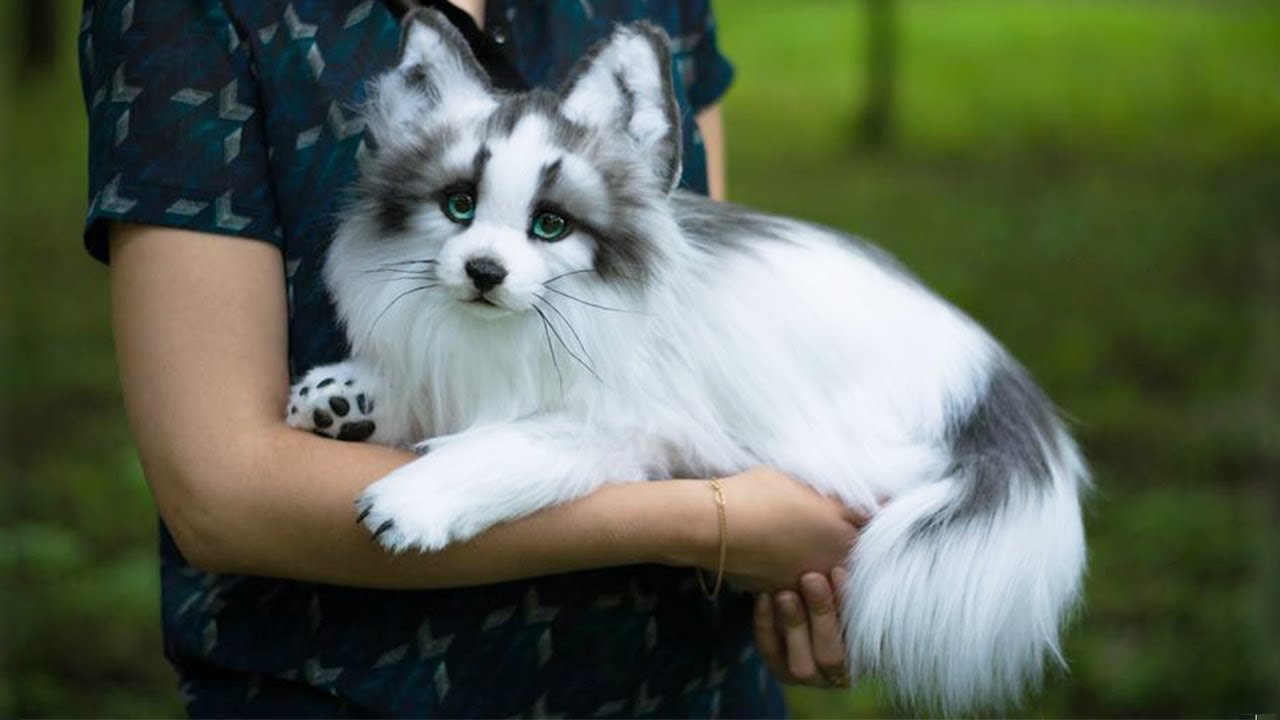The Enigmatic Elegance of the Marble Fox: A Closer Look at this Mesmerizing Creature
In the vast tapestry of the animal kingdom, certain species stand out not only for their uniqueness but also for their mesmerizing beauty. One such creature that captivates both wildlife enthusiasts and casual observers alike is the marble fox. With its striking coat and enigmatic presence, the marble fox is a fascinating subject of study and admiration.
The Marvelous Marble Coat:
At first glance, the marble fox’s most distinguishing feature is its coat, which is a stunning blend of colors that range from creamy whites to charcoal grays and rich browns. The intricate patterns on its fur create a marbled effect, giving rise to its name. This distinctive coat not only serves as a visual spectacle but also plays a crucial role in the fox’s survival in its natural habitat.
Adaptations in the Wild:
The marble fox, a variant of the red fox (Vulpes vulpes), is native to North America. Its habitat spans a diverse range of environments, from tundra and boreal forests to plains and mountains. The fox’s coat acts as effective camouflage, allowing it to seamlessly blend into its surroundings and stalk prey or evade predators.
Behavior and Social Structure:
Marble foxes are known for their intelligence and adaptability. They are primarily solitary creatures, with well-defined territories that they mark and defend. Despite their independent nature, marble foxes are also capable of forming social bonds, particularly during the mating season. During this time, they engage in vocalizations and elaborate courtship rituals.
Diet and Hunting:
The marble fox is an omnivorous predator, displaying a varied diet that includes small mammals, birds, insects, and fruits. Equipped with sharp senses, particularly keen eyesight and hearing, these foxes are skilled hunters. Their slender bodies and agile movements make them adept at chasing down prey and navigating through diverse terrains.
Conservation Status and Threats:
While the marble fox is not currently listed as a separate species with a distinct conservation status, it faces threats common to many wild animals. Habitat loss due to human activities, climate change, and hunting pose significant challenges to their populations. Conservation efforts are crucial to ensuring the continued existence of these captivating creatures.
Marble Foxes in Captivity:
Beyond their role in the wild, marble foxes have also found a place in captivity. Due to their unique appearance and relatively docile nature, some individuals and organizations keep them as exotic pets. However, it’s essential to approach such practices with caution, considering the complex needs of these animals and the potential impact on their well-being.
